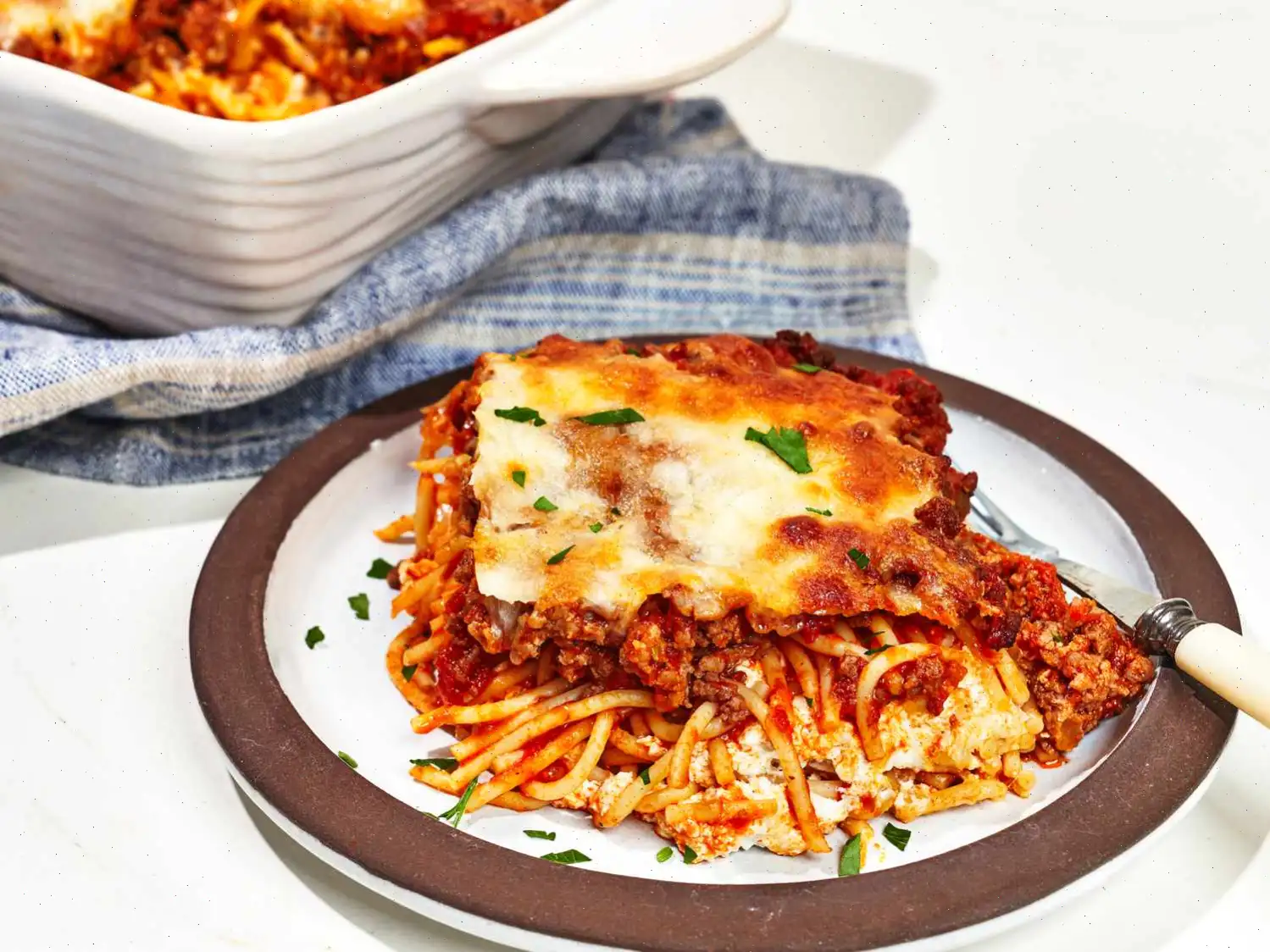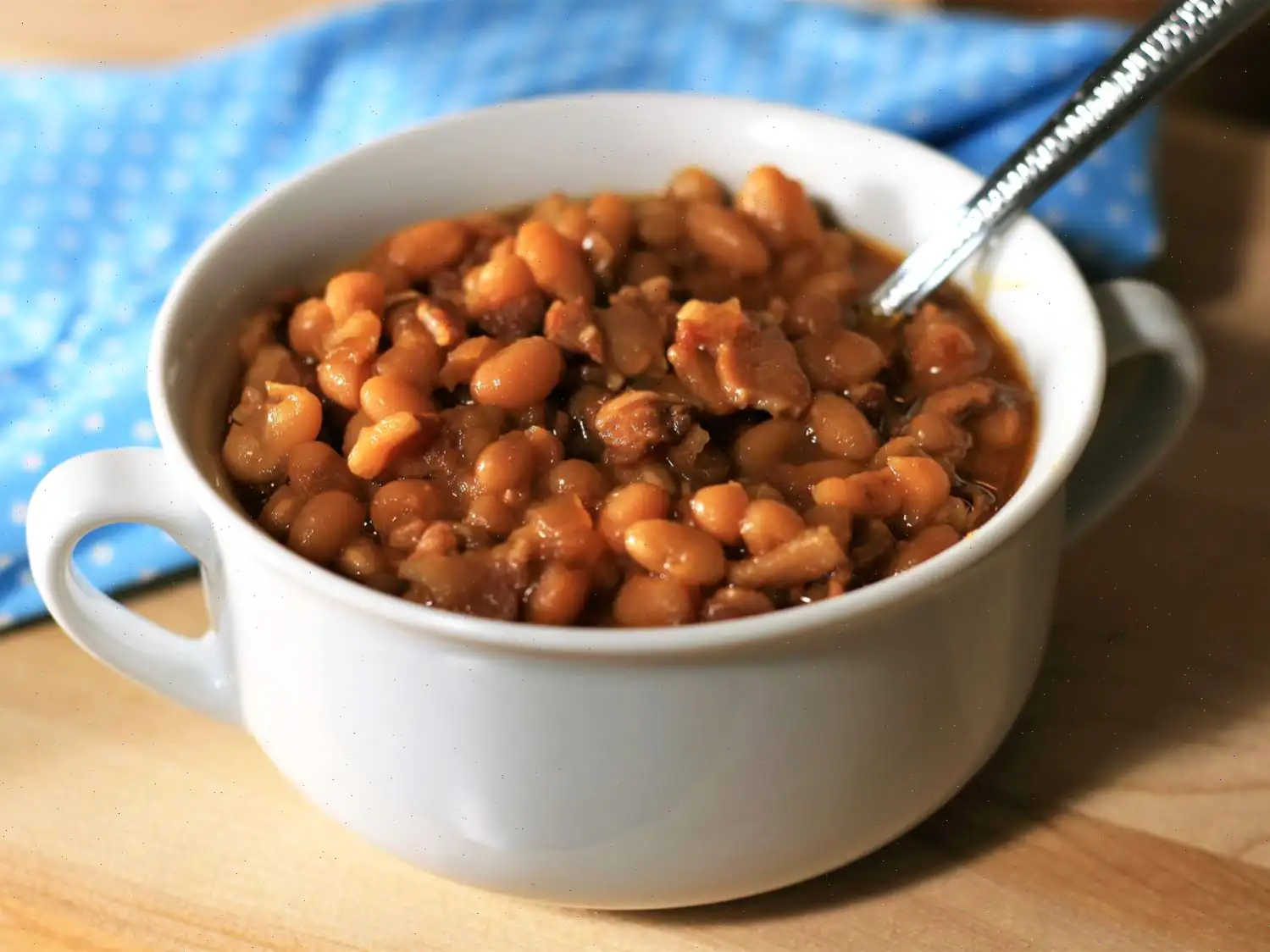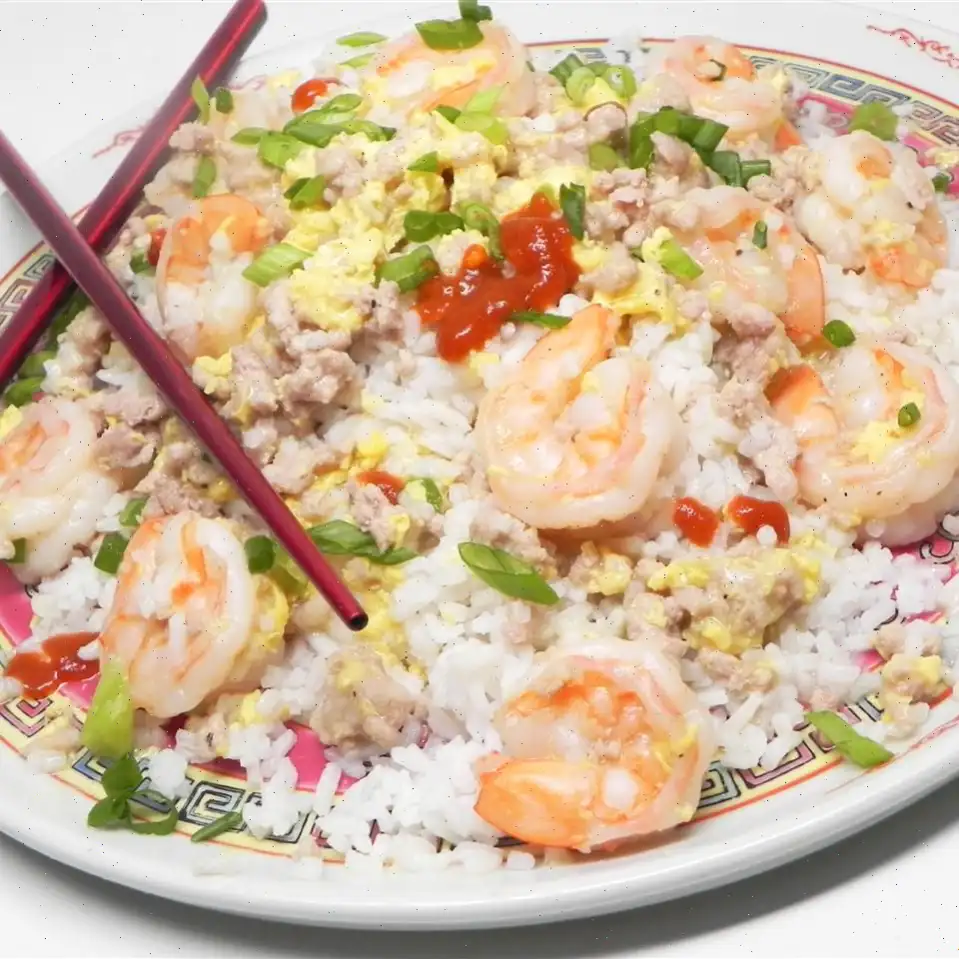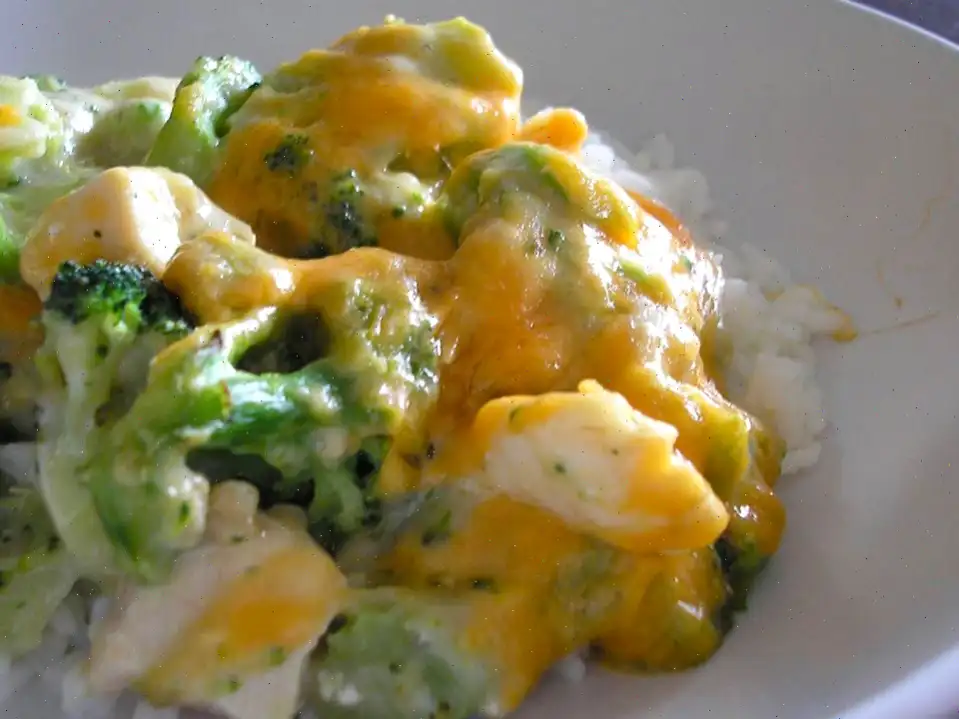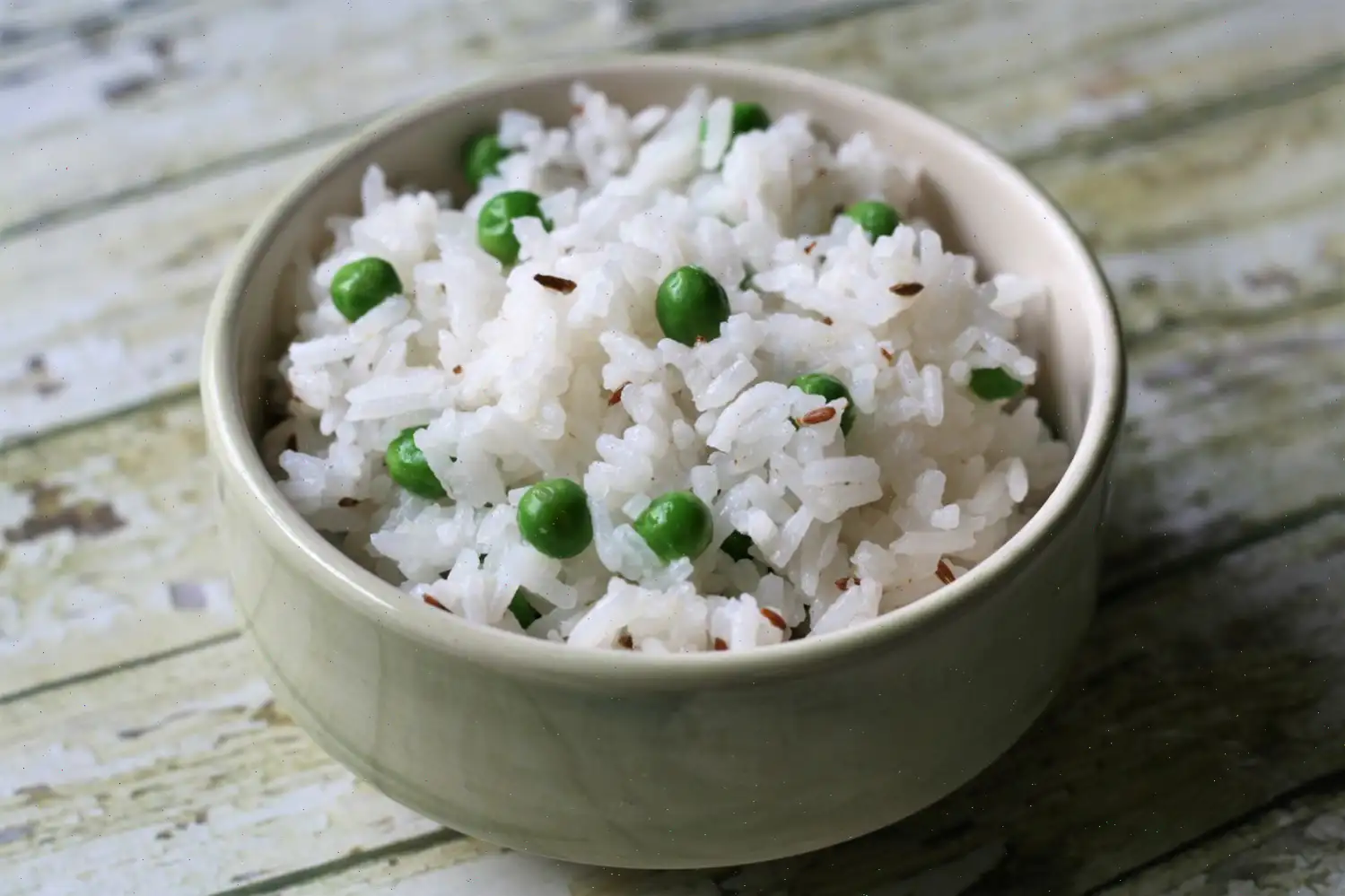
Siopao (Filipino Steamed Buns) Recipe
Siopao (Steamed Buns)
This recipe yields 16 servings.
Ingredients:
- 3 cups all-purpose flour
- cup white sugar
- teaspoon salt
- 1 (.25 ounce) package active dry yeast
- 1 cup lukewarm water
- cup vegetable oil
- 1 teaspoon vegetable oil (or as needed)
Directions:
Step 1: In a large bowl, mix together the flour, sugar, salt, and yeast.
Step 2: Add the lukewarm water and cup vegetable oil. Stir until the ingredients form a dough.
Step 3: Knead the dough on a floured surface for at least 10 minutes until it becomes smooth and elastic. If needed, sprinkle additional flour to prevent sticking.
Step 4: Preheat the oven for 1 minute, then turn it off. Lightly oil a large bowl and place the dough inside. Cover the bowl with cheesecloth.
Step 5: Place the covered dough in the warmed oven and allow it to rise for about 1 hour, or until it has doubled in size.
Step 6: Punch the dough down and let it rise for another 15 minutes inside the oven.
Step 7: Transfer the dough to a flat work surface, then divide it into 12 equal portions (about the size of golf balls).
Step 8: Roll each ball into a flat disc and add your desired filling (for example, chicken or pork filling).
Step 9: Gather the edges of the dough around the filling and twist them together to seal the bun.
Step 10: Place each filled bun onto a 3x3-inch piece of wax paper.
Step 11: Arrange the buns in a steamer, making sure theres enough space between them. Steam the buns for 30 minutes or until puffed and cooked through.
To Fill Buns:
Step 1: Place the desired filling (such as chicken and pork) on top of each flattened dough ball.
Step 2: Gather the edges of the dough and twist to seal the filling inside.
Step 3: Place each siopao onto a square of waxed paper, about 8 inches in size.
Step 4: Steam the buns for about 30 minutes or until they are puffy and hot.
Cooks Note:
If you prefer to make your own filling, try the chicken and pork siopao filling recipe.
Nutrition Facts (per serving):
- Calories: 153
- Fat: 4g
- Carbohydrates: 26g
- Protein: 3g
- Sodium: 74mg
- Fiber: 1g
- Sugars: 6g
- Calcium: 5mg
- Iron: 1mg
- Potassium: 37mg
Note: Nutrient information may vary depending on ingredient choices. Percent daily values are based on a 2,000-calorie diet.
Origin and History
Siopao, the Filipino version of steamed buns, has roots that trace back to Chinese immigrants who brought their culinary traditions to the Philippines. The dish, known as "char siu bao" in Chinese, evolved as it mingled with Filipino flavors and local preferences. Initially, these buns were filled with pork, reflecting Chinese culinary influence, but over time, the Filipinos introduced variations such as chicken, beef, and even sweet fillings like red bean paste. The dish's name, "siopao," is derived from the Chinese words "siu" (roast) and "bao" (bun), reflecting its roasted filling and soft bun texture. Today, siopao is considered a staple comfort food in the Philippines and can be found at eateries, street vendors, and even in local households.
Regional Variations
While the basic concept of siopao remains consistent throughout the Philippines, there are regional differences in the fillings and preparation methods. In some areas, siopao is filled with savory meats like pork asado (sweet braised pork), chicken, or beef, while others may feature different vegetables and even seafood. The use of local ingredients such as coconut or calamansi (Philippine lime) in the fillings also varies depending on the region. In the northern regions, particularly in Ilocos, siopao might even be made with a more dense and chewy dough compared to the fluffier, lighter versions found in the central and southern parts of the country. Moreover, the seasoning of the fillings may range from savory and sweet to tangy, reflecting the diversity of regional Filipino cuisine.
How Siopao Differs from Similar Dishes
Siopao stands out from similar steamed buns, like Chinese baozi or Japanese manju, due to its Filipino twist on fillings and dough texture. While Chinese baozi often uses a slightly thicker and denser dough and features fillings like char siu pork, siopao typically features a light, fluffy dough, making it softer and airier. Filipino siopao fillings are often sweeter compared to their Chinese counterparts, with many varieties incorporating a sweet and savory balance, such as the popular pork asado or chicken. Additionally, Filipino siopao is more commonly served as a snack or light meal, whereas baozi is typically part of a larger meal. The use of ingredients like soy sauce, sugar, and vinegar in Filipino siopao fillings imparts a distinctive flavor profile that sets it apart from other Asian steamed buns.
Where Siopao is Usually Served
Siopao can be found almost anywhere in the Philippines, from food stalls on busy streets to local restaurants and bakeries. It is commonly sold at bakeries as a quick snack and often served during special occasions such as birthdays, fiestas, and holiday gatherings. Siopao is also a popular option for breakfast or lunch, often paired with a hot cup of coffee or local Filipino soft drinks like Sarsi. Outside of the Philippines, Filipino communities around the world continue to enjoy this beloved dish at Filipino restaurants or during gatherings of family and friends, keeping the tradition alive in diaspora communities.
Fun Facts About Siopao
Siopao isn't just a tasty snack; it's also full of interesting tidbits. Did you know that it is often used as a symbol of hospitality in the Philippines? Offering someone siopao is a way of saying "welcome" and "you are valued." The dish's appeal also extends beyond just Filipino culture; it has become a beloved item in countries like Malaysia and Taiwan, where it has been adapted to suit local tastes. In fact, many Filipino siopao vendors around the world have become successful entrepreneurs, making siopao a global sensation. Additionally, the process of making siopao dough is quite an art. The perfect dough should be smooth, soft, and slightly chewya skill that many Filipino bakers pride themselves on mastering.
FAQ about Siopao (Filipino Steamed Buns) Recipe
Comments
Melissa Dube
10/06/2025 01:52:54 PM
I made this with your chicken asado recipe and it was perfect! Made a bit of taste adjustments but definitely keeping this recipe handy. thank you! Btw, can I make this and freeze dough? Or I should steam it first then freeze? How long will it last? Thanks!
Emily Williams
06/09/2024 10:37:40 AM
The flavors are absolutely spot-on.
ZanyHoney2960
02/01/2023 06:31:17 PM
very nice dough!
Felma Culig
02/02/2020 07:14:48 AM
The taste is good, but I followed the recipe and the dough didn’t turn out. It probably would help to proof the yeast then add it to the dry ingredients.




